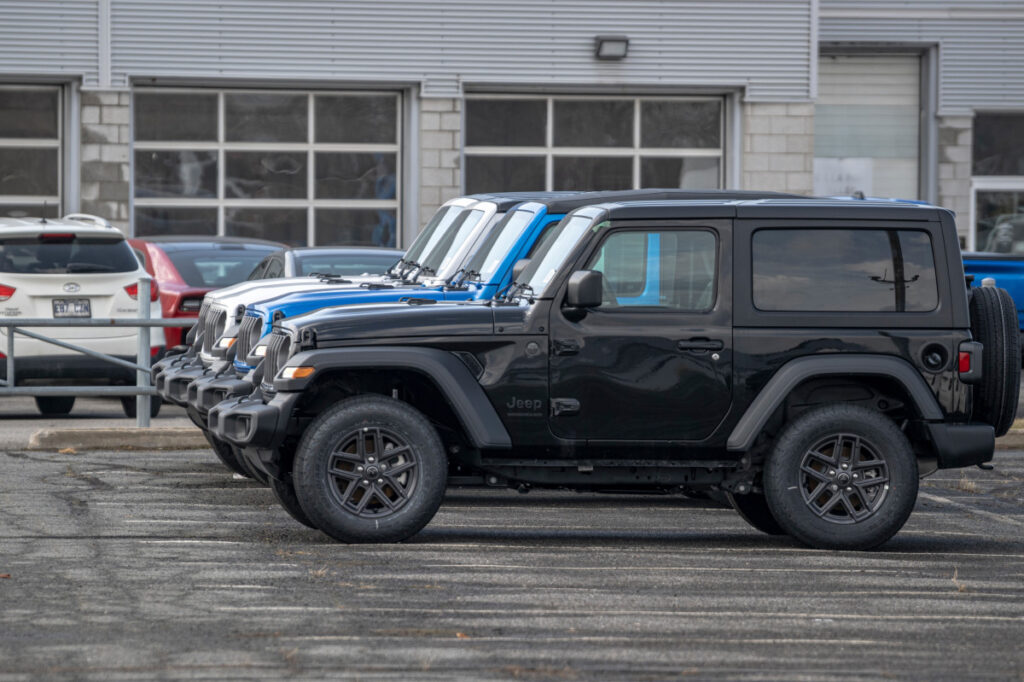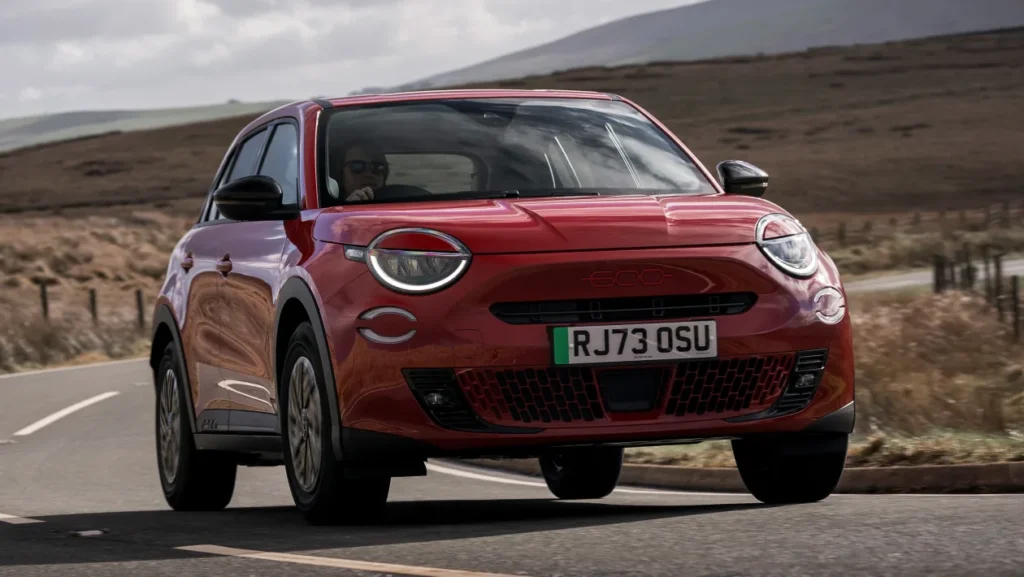Ever walked into a dealership, eyed a shiny Jeep Wrangler, and felt your wallet whimper before you even saw the price tag? Yeah, me too.
But now, with Stellantis-those folks behind Jeep, Dodge, and Ram-reporting a jaw-dropping €2.3 billion ($2.7 billion) loss in the first half of 2025, thanks to new U.S. tariffs, that sticker shock might hit harder than a rogue speed bump.
These tariffs, kicking in April 2025, are shaking up the auto world, and I’m here to break down seven reasons why this mess could cost you more, mess with your car-buying plans, or even leave you stranded waiting for parts.
As a car nut who’s spent a decade geeking out over horsepower and hubcaps, I’ve got some thoughts-plus a story about my buddy’s Dodge that’ll make you laugh and cry. Let’s dive in.
Why Your Wallet’s About to Take a Beating

The tariffs, slapping extra costs on imported vehicles and parts, are like a tax on your dream ride. Stellantis’s net revenue tanked 13% year-over-year, with North American shipments dropping 25% in Q2 2025. That’s not just a corporate headache-it’s a direct hit to your bank account.
- Higher Sticker Prices Are Coming
Focus: Explaining the cost increase for consumers.
These tariffs are “inherently inflationary,” which is a fancy way of saying car prices are going up. Stellantis expects to lose €1 to €1.5 billion ($1.1–1.7 billion) this year alone, and they’re not eating those costs. Brands like Jeep, Dodge, and Chrysler are already passing them on. For example, a 2026 Jeep Grand Cherokee might jump $2,000–$3,000 from its 2024 price, based on industry estimates. I remember drooling over a Ram 1500 last year, sticker at $45,000. Now? You might need to cough up closer to $50,000. Save money by shopping pre-tariff inventory-dealers still have 2024 models, but they’re disappearing faster than free donuts at a car meet.
The Ripple Effect on Your Car-Buying Experience
Beyond prices, these tariffs are shaking up how you’ll shop for, drive, and maintain your ride. It’s like the auto industry’s playing a high-stakes game of Jenga, and we’re all holding our breath.
- Fewer Models, Less Choice
Focus: Reduced vehicle availability.
Stellantis is slashing imports and shutting plants, which means fewer vehicles hitting lots. Shipments dropped 25% in Q2, so don’t be surprised if that fully loaded Ram Rebel or Chrysler Pacifica you want is backordered. I felt this firsthand at a dealer last summer, hunting a specific Jeep Wrangler trim. The lot was half-empty, and the salesperson just sighed, “Blame the supply chain.” Tariffs are making it worse. Pro tip: Expand your search to nearby states or consider less popular trims to snag a deal before inventory dries up. - Delays in Service and Warranty Work
Focus: Impact on after-sales support.
With parts supply chains disrupted, getting your car fixed could take weeks. Stellantis’s plant closures in Canada and Mexico are choking the flow of components like wiring harnesses or infotainment modules. If your Dodge’s touchscreen goes kaput, you might be stuck with a rental longer than expected. I’ve seen posts on Reddit’s r/Jeep where owners waited a month for a simple fender repair. To avoid this, prioritize routine maintenance now-don’t let small issues snowball while parts are scarce.
The Bigger Picture: Industry and Emotions
Tariffs aren’t just about dollars and cents; they’re stirring up feelings and changing the auto landscape.
- Job Losses Hit Communities Hard
Focus: Economic and emotional toll.
Stellantis’s plant shutdowns are gutting jobs-thousands in North America alone. This hits car lovers where it hurts: the folks building our rides are struggling. I drove through a small town near a Stellantis plant in Ontario last year, and the local diner was buzzing with worried workers. One guy, a line worker, said, “If the plant closes, this town’s toast.” It’s tough to cheer for a new Ram when you know the cost. Support local dealers or consider American-made models to keep jobs stateside, but don’t hold your breath for quick fixes. - Brand Loyalty Takes a Hit
Focus: Consumer trust and sentiment.
Fans of Jeep or Dodge are vocal on X, raging about price hikes and blaming both Stellantis and tariffs. Hashtags like AutoTariffs and Stellantis are flooded with gripes. I get it-when your favorite brand feels like it’s gouging you, it stings. I’ve been a Mopar guy since my first Chrysler 300, but these price jumps make me question my loyalty. To stay true to your brand, look for certified pre-owned models; they’re often cheaper and dodge some tariff-driven costs.
What’s Next for Car Lovers?

The tariffs are a curveball, but they’re also sparking changes that could reshape your car obsession.
- A Push for American-Made Rides
Focus: Long-term industry shifts.
The silver lining? Tariffs might boost U.S. manufacturing. Stellantis is already tweaking operations, maybe building more Jeeps stateside. This could mean more jobs and, eventually, stable prices for domestic models. But it’s a slow process-think years, not months. For now, consider brands like Ford or GM, which face fewer tariff hits. I test-drove a Mustang last week, and while it’s no Dodge Viper, it’s a tariff-proof thrill ride. Keep an eye on Stellantis’s moves-rumors on Car and Driver suggest they’re planning new U.S. plants by 2027.
Man, this tariff mess feels like getting a flat tire on a backroad-you didn’t see it coming, and now you’re scrambling. Stellantis’s $2.7 billion loss is a wake-up call: cars are getting pricier, parts are harder to find, and your favorite models might vanish from lots.
But don’t panic. Shop smart-hunt for pre-tariff inventory, explore used options, or even consider a domestic brand to save some cash. My buddy Dave? He’s still cursing his Charger’s repair bill, but he’s eyeing a used Jeep Gladiator to dodge the next price hike.
As car lovers, we’re used to navigating curves; this is just a sharper one. So, hit the lots early, check your local dealer’s stock, and maybe sweet-talk them into a discount before the tariff storm hits harder.
